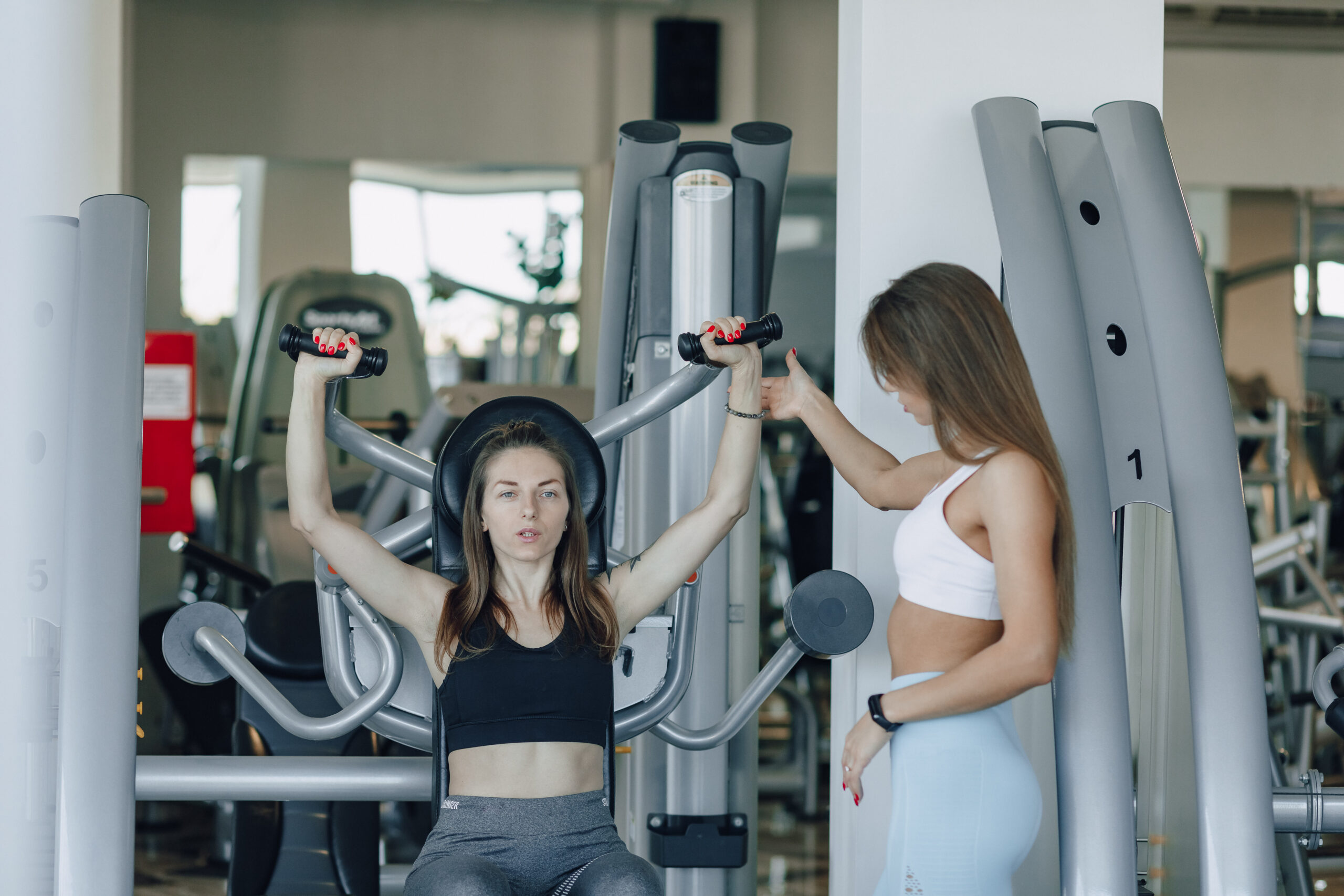
When it comes to getting the most out of your workout routine, pairing the right muscle groups can be a game-changer. Think of it like pairing cheese with wine—sure, you can have them separately, but together, they create a magical experience. Whether you’re a gym newbie or a seasoned fitness enthusiast, knowing which muscles to target together can maximize your gains and keep your workouts efficient and balanced. So, let’s dive into the dynamic duos of the muscle world!
Why Pair Muscle Groups?
Before we get into the specifics, let’s chat about why pairing muscle groups is even a thing. The idea is simple: by working complementary muscles, you can optimize your workout time, reduce the risk of overtraining, and ensure your body develops evenly. It’s like hitting two birds with one stone, but in a much more muscle-friendly way!
The Classic Pairings
1. Chest and Triceps: The Push Powerhouses
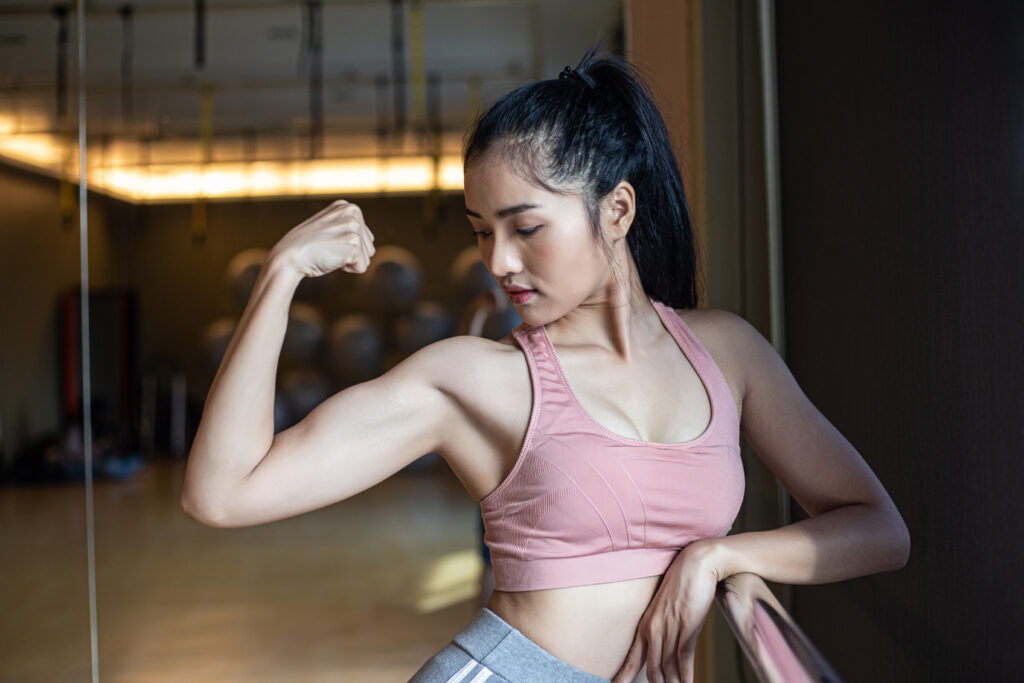
Ever noticed how when you bench press, your triceps start burning too? That’s because these muscles often work together in pushing movements. So, pairing chest exercises like bench presses or push-ups with tricep-focused moves like dips or tricep extensions makes perfect sense. They’re like Batman and Robin—each awesome on their own, but unstoppable as a team.
Pro Tip: Start with the chest exercises since they’re typically compound movements, which require more energy and recruit multiple muscles.
2. Back and Biceps: The Pulling Dream Team
On the flip side, when you’re pulling something (think pull-ups or rows), your biceps naturally get in on the action. That’s why back and biceps are a match made in fitness heaven. Exercises like bent-over rows, lat pulldowns, and bicep curls complement each other beautifully, ensuring you build a strong, sculpted upper body.
Pro Tip: Just like with chest and triceps, start with the back exercises. Your biceps will already be warmed up and ready to go!
3. Legs: The Ultimate Lower Body Triad
Now, let’s talk legs. While you could split leg day into different areas (quads, hamstrings, calves), many people opt to work them all together. After all, your legs are a powerhouse group that works best when everything’s engaged. Squats, lunges, and deadlifts will hit all the major muscles, giving you that strong foundation you’re aiming for.
Pro Tip: Incorporate some unilateral (one-sided) exercises like split squats to ensure balance and strength on both sides.
The Less Obvious but Totally Awesome Pairings
4. Shoulders and Abs: The Stability Superstars
While shoulders and abs might not seem like an obvious pairing, they actually complement each other really well. Your core is engaged in almost every upper-body move you do, especially when working your shoulders. Exercises like overhead presses and planks are perfect for this duo, helping you build both strength and stability.
Pro Tip: Add in some anti-rotation moves like Russian twists to really challenge your core and keep your workout balanced.
5. Glutes and Core: The Power Center
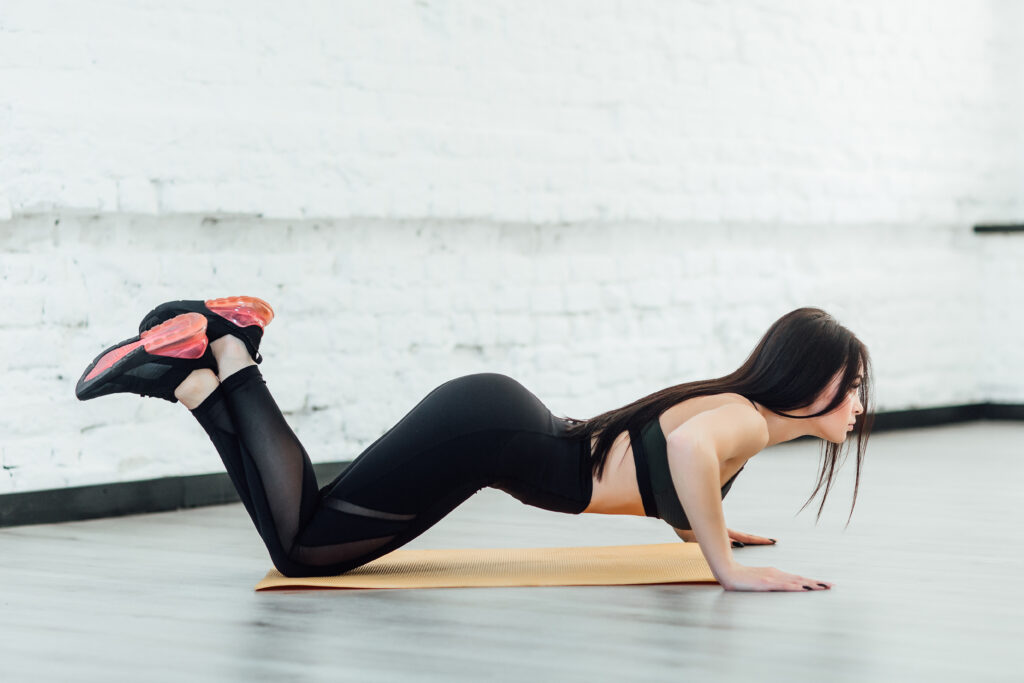
Your glutes and core are the engines that drive many movements, from squats to sprints. Working these together can improve your posture, stability, and overall power. Think bridges, planks, and hip thrusts—these exercises will get your glutes and core firing in sync, helping you move better in and out of the gym.
Pro Tip: Don’t forget to include some glute activation exercises like clamshells or band walks before diving into heavier moves. Your core and glutes will thank you!
How to Structure Your Workout
If you’re wondering how to fit all these pairings into your weekly routine, here’s a simple plan:
- Day 1: Chest & Triceps
- Day 2: Back & Biceps
- Day 3: Legs (Quads, Hamstrings, Calves)
- Day 4: Shoulders & Abs
- Day 5: Glutes & Core
Feel free to mix and match depending on your goals and schedule. The key is to listen to your body and ensure you’re giving each muscle group enough time to recover.
Pairing muscle groups isn’t just about efficiency—it’s about creating a well-rounded, balanced workout routine that helps you reach your fitness goals faster. Plus, it adds a little spice to your workouts, making them more engaging and fun. So next time you hit the gym, think about your muscle pairings, and get ready to see some serious results.
And remember, in the world of fitness, teamwork makes the dream work—especially when it comes to your muscles!
Featured Image by pressahotkey on Freepik



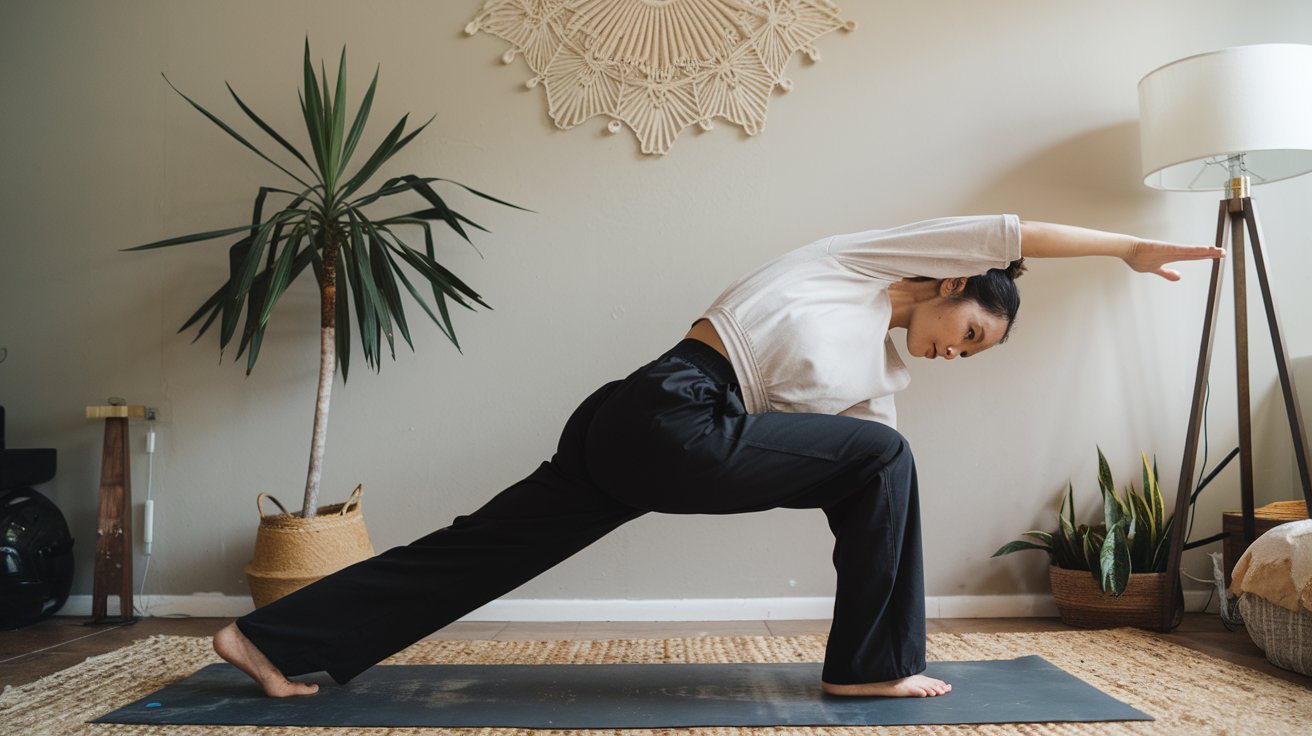
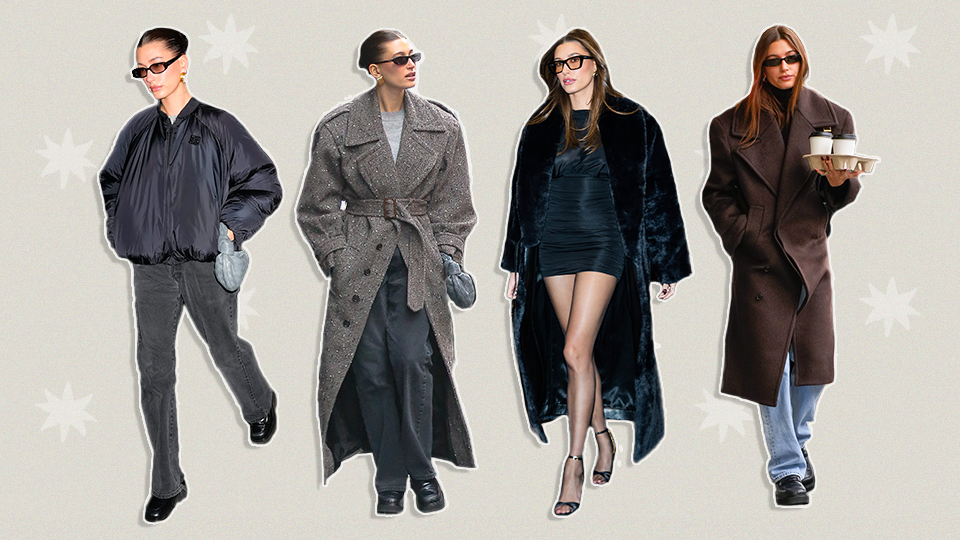
Leave a Reply